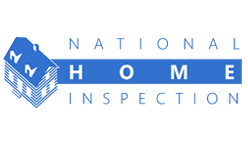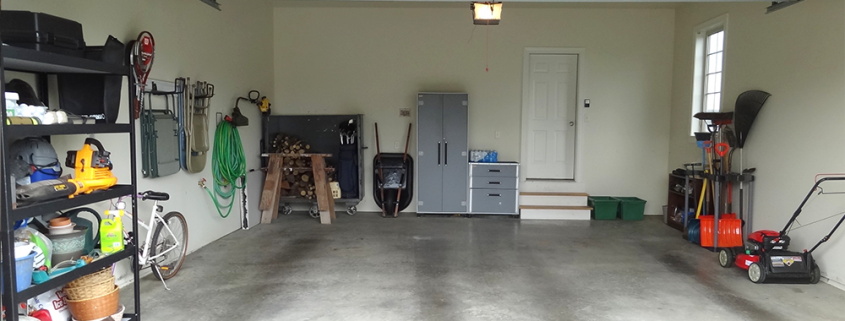Your garage may seem like a relatively benign area of your home,but in fact it may be harbouring serious safety hazards.
One potential danger is the garage door. A garage door is the largest moving object found in your home, heavy enough to exert deadly force when closing. Both children and adults have been known to suffer serious injury or death from impact or entrapment.
Manufacturers and safety councils recommend inspecting your garage door on a regular basis. Check to see if it is balanced by stopping it around 3 to 4 feet above the ground. If it does not stay in place or if it sticks, it should be adjusted. If you have an automatic door opener, find out if it is equipped with an automatic reverse mechanism. These sensors detect any resistance and reverse the door immediately. Most older units (pre-1982) will not meet current safety standards and should be disconnected or replaced with openers which do reverse properly.
Test the reverse mechanism monthly to make sure it is functioning properly. Place a 1″ or 2″ thick block on the floor in the door’s path, and press the button to close the door. The door should immediately reverse when it strikes the block. If it doesn’t, the opener should be adjusted by a professional or replaced. Check the force setting of the opener by trying to stop the door with an outstretched hand as it is closing. It should reverse readily; if not, a qualified person should adjust the force sensitivity. Also examine all hardware (such as springs, rollers, cables and pulleys) for signs of wear. Rollers and hinges require periodic lubrication. If you don’t have a manual, get one from the manufacturer. Again, only a qualified person should attempt any repairs or adjustments.
Another hazard in your garage is not as obvious, but just as potentially dangerous: carbon monoxide from your vehicle’s exhaust. If your garage has a door, which leads into your home, make sure that it closes properly and is sealed tightly with weather-stripping to prevent inadvertent carbon monoxide poisoning. The building code requires an automatic closing mechanism for interior doors in new homes; consider installing one for your own safety if your door is not so equipped. If your garage is attached to the house, the adjoining wall should be gas-proofed as carefully as the doorway. Gaps or cracks in masonry or holes in drywall should be carefully sealed to avoid the potential transfer of poisonous gases from the garage to your home.



